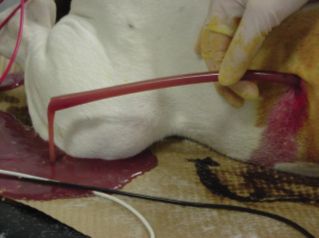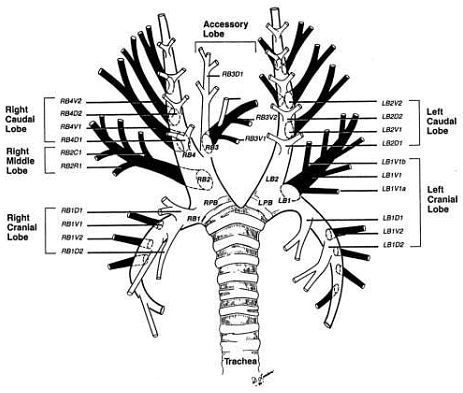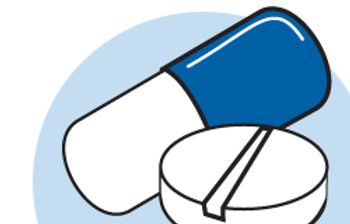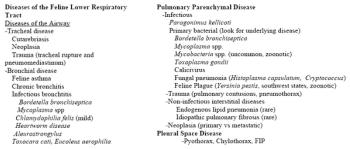
Upper airway diseases/obstruction are relatively common causes of respiratory distress in dogs and cats. However, because lung parenchymal diseases are more frequently observed, upper airway problems may be overlooked. In order to fully appreciate upper airway disease, it is essential to be familiar with the structure, function, and common abnormalities.





